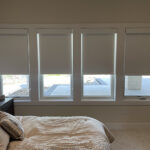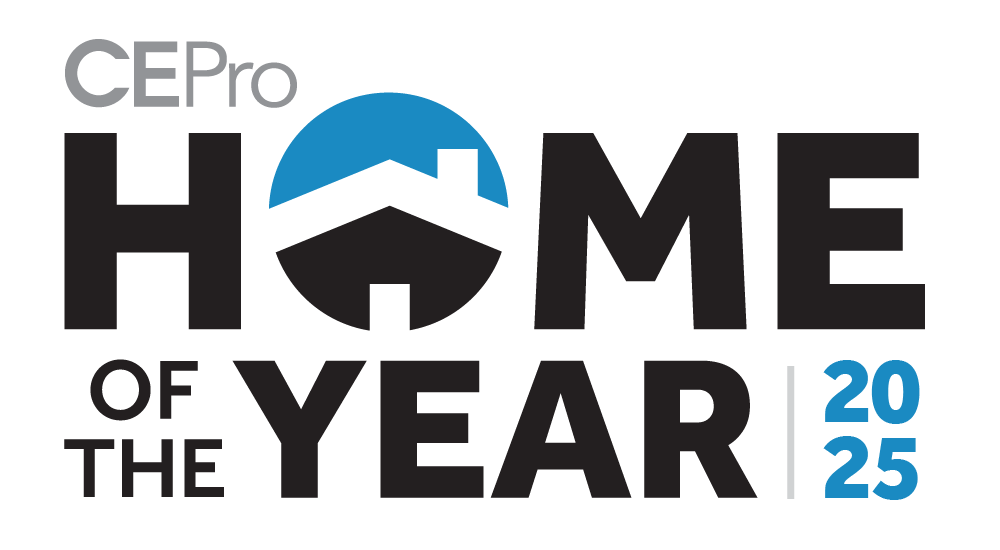For decades, traditional 5-channel or 7-channel home theaters with one or two subwoofers were the go-to installation for AV dealers. But in 2012, Dolby, the company that brought us surround sound, took the theater experience to the next level with the introduction of Dolby Atmos in professional cinemas—a distributed audio format that creates a 3D aural experience for audiences. In 2014, Dolby brought that object-based audio experience into the home, and since then the installation of Dolby Atmos home theaters has grown substantially.
A Dolby Atmos system is different than traditional home theater audio in that rather than installing five or seven speakers in a room, it requires a minimum of nine—four of which are placed in the ceiling above the seating position (referred to as the height channels). The height channels are important because filmmakers are not restricted by having to choose which speaker to send a specific sound to, Dolby Atmos lets them position and move sounds spread out over a 3D space, which recreates sound how we experience it in the real world. For example, if a noise is meant to be heard overhead, different layers of that sound will be spread out among the appropriate section of the room, making the sound experience (such as an overhead plane, mosquito flying by or rain drops overhead) much more realistic to the listener.
Unfortunately, in-ceiling speakers are not possible for every customer home. Installers may be faced with a ceiling built with concrete or a dropped ceiling in a basement. For these kinds of installs, there is still another option that allows dealers to meet Dolby Atmos specifications. Speaker manufacturers including Triad, have introduced speaker modules that sit on top of a traditional floor standing or bookshelf speaker with the speaker drivers facing upwards. This design allows the sound waves to reflect off the ceiling at the correct angle, in order to recreate the desired overhead 3D audio experience that you would get from in-ceiling speakers.
Triad has been a Dolby Labs Home Atmos Speaker Development Partner from the beginning; a trusted relationship that continues today. As a result, Triad was one of the original speaker manufacturers to offer an Atmos height channel module in both its Silver and Gold speaker series. For those looking for an all-in-one solution, Triad also offers two speaker models that are essentially two speaker systems in one; a traditional front-firing speaker, plus an upward-firing height speaker. Regardless of the chosen application for height channels, installers should follow Dolby’s Atmos Home Theater Installation guidelines, available here, to ensure they are providing customers with the best home theater experience possible.
Dolby Atmos is quickly becoming the new norm for home theater installs around the world and should not be ignored by dealers who do business in the residential AV space. To learn more about Dolby Atmos visit www.dolby.com. Visit www.control4.com to learn more about Control4 home automation solutions and check out www.triadspeakers.com to browse the full selection of Triad speakers and audio products.















